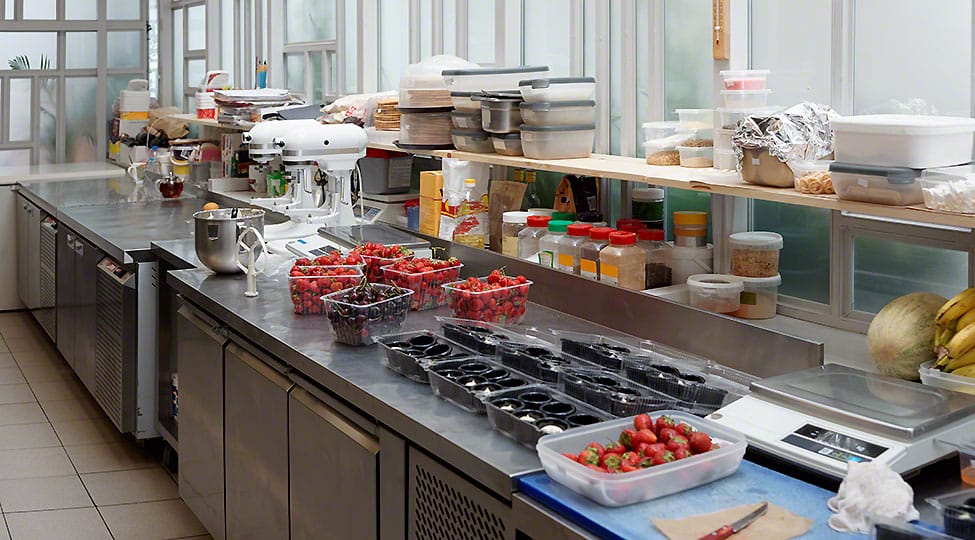Approximately two cups of water will be left in the dishwasher after each use. But if your unit is displaying indicators of overflow, you may need to do further research. It’s typical to see puddles in the bottom of your dishwasher, and they don’t always necessitate dishwasher repair. If the issue is more complex, you’ll need to bring in the experts.
What do you need to be aware of?
User error, blockages, damaged components, and maintenance difficulties can all lead to stagnant water in the bottom of your dishwasher. There are occasions when merely cleaning the dishes or changing the pieces can solve the problem. Do not be concerned about shelling out a substantial sum of money for minor components.
To figure out what’s wrong, here are some measures to do
Garbage disposals may have a significant impact on dishwashing draining. The water will flow freely if you remove the knockout stopper. As a result, there will be less water in the unit. This can be fixed using a set of pliers.
However, we suggest you go through the instruction manual of your garbage disposal unit before tinkering with it. Laymen with a lack of experience will find it difficult to put together everything after disassembling it. Having a repair manual can help you if you run into problems.
Make sure your filtration system is up to snuff
Dishwasher filters are an essential component. Filters need to be checked from time to time to make sure they are in good working order. Also, make sure that the drain basket is empty as well. The water will not remain pure if there is any accumulation in the filters. Drainage will be clogged, resulting in a stagnant pool at the ground’s surface.
Filters that are clogged or dirty are the most common cause of water pooling at the bottom of the tank. As a result, this is the first item you need to investigate.
Straightening the drain hose
Disinfectant water cannot enter the dishwasher through a drainpipe. However, it can become blocked with food particles, which stops the water from flowing out of the dishwasher. All you need to do to remedy this issue is switch off your appliance, identify the hose, and fix it. To inspect for tiny, blocked particles, you may have to untwist or remove them.
The spray arm should be inspected
Your appliance’s spray arm might also become clogged with little pieces of food from time to time. Spray arms are used to clean dishes. Because of these obstructions, the cleaning procedure suffers greatly. It is common for experts to recommend that unit owners check the spray arm periodically to make sure there isn’t any standing water in the unit. The spray arm may be cleaned with a mixture of water and vinegar. If the meal is too little to be removed with a fork, try using a toothpick instead.
Conclusion
Here, we’ve outlined some of the most prevalent causes of stagnant water in appliances. It’s important to realize that these are not all factors. Dishwasher flooding can lead to a wide variety of other issues.
If the problem persists despite following the above advice, we recommend seeing a specialist immediately. If you continue to use your dishwasher, your dishes will not be thoroughly cleaned and there is a risk of further damage to the appliance.
Look for online reviews and verify credentials before getting help from an appliance repair Northern VA company. The contractor should be reliable and professional. When it comes to service, you may get the most value for your money when you shop around.



